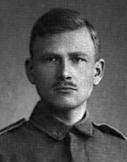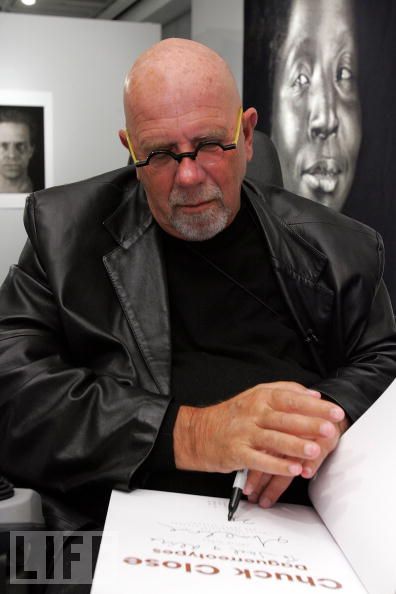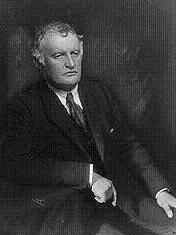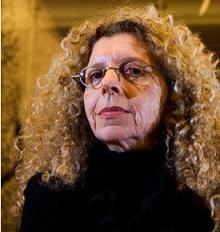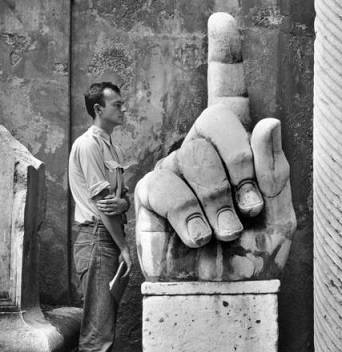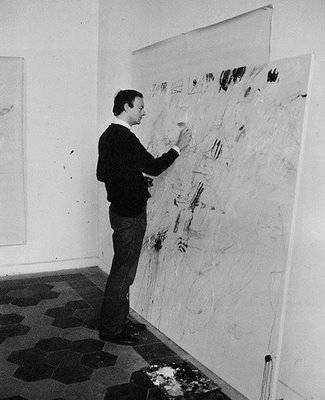
Paul Gauguin is one of the most significant French artists to be initially schooled inImpressionism, but who broke away from its fascination with the everyday world to pioneer a new style of painting broadly referred to as Symbolism. As the Impressionist movement was culminating in the late 1880s, Gauguin experimented with new color theories and semi-decorative approaches to painting. He famously worked one summer in an intensely colorful style alongside Vincent Van Gogh in the south of France, before turning his back entirely on Western society. He had already abandoned a former life as a stockbroker by the time he began traveling regularly to the south Pacific in the early 1890s, where he developed a new style that married everyday observation with mystical symbolism, a style strongly influenced by the popular, so-called "primitive" arts of Africa, Asia, and French Polynesia. Gauguin's rejection of his European family, society, and the Paris art world for a life apart, in the land of the "Other," has come to serve as a romantic example of the artist-as-wandering-mystic.
Gauguin's naturalistic forms and "primitive" subject matter would embolden an entire, younger generation of painters to move decisively away from late Impressionism and pursue more abstract, or poetically inclined subjects, some inspired by French Symbolist poetry, others derived from myth, ancient history, and non-Western cultural traditions for motifs with which they might refer to the more spiritual and supernatural aspects of human experience. Gauguin ultimately proved extremely influential to 20th-century modern art, in particular that of Pablo Picasso and Georges Braque and their development of Cubism from about 1911 to 1915. Likewise, Gauguin's endorsement of bold color palettes would have a direct effect on the Fauvists, most notably André Derain and Henri Matisse, both of whom would frequently employ intensely resonant, emotionally expressive, and otherwise "un-realistic" color.
Gauguin, the man, became a legend almost independently of his art and came to inspire a number of literary works based on his "exotic" life story - a prime example being W. Somerset Maugham's The Moon and Sixpence (1919).
